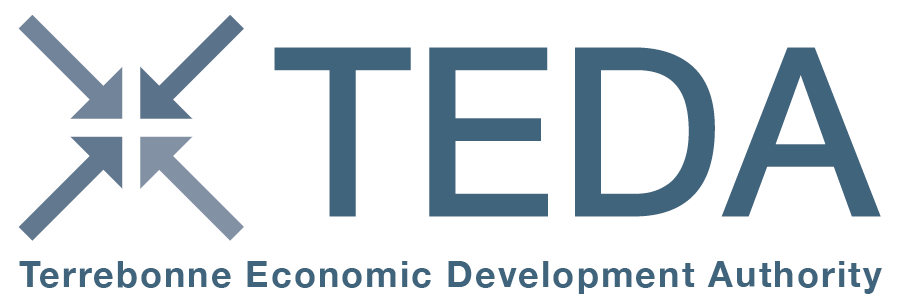The executive director of the state’s Cocodrie-based marine lab highlighted the progress on developing the Houma Maritime Campus during a talk with local business leaders on Monday.
The Bayou Industrial Group hosted Dr. Craig McClain from the Louisiana Universities Marine Consortium, or LUMCON, for their monthly member luncheon.
The campus is a collaboration between LUMCON, Fletcher Technical Community College, Nicholls State University, the Louisiana Board of Regents and several other of the state’s community and technical colleges. They’re also working with the Terrebonne Economic Development Authority.
McClain said work on the LUMCON’s first building on campus will start next year with plans to open to the public in 2021.
Dubbed LUMCON’s Blue Works, the building will feature research labs, classrooms, makers’ spaces, fabrication labs, 3-D print labs and meeting rooms. McClain said everything will be available for community use.
“It’s like a children’s museum but with scientists inside,” he said. “Anything LUMCON builds is for the community.”
McClain said the research group’s theme was “blue” to represent Louisiana’s future. The consortium is working to help with the region’s goal to diversify its economy by growing jobs in marine production and support as well as coastal restoration.
The executive director noted that the state has a lot of expertise in coastal science and in technology and engineering.
“The point of this new campus is to get those two groups working better together,” said McClain.
The leaders of the campus’ development also hope it will help to not only train experts in developing new coastal technology but retain them in the area.
In addition to Blue Works, LUMCON will also have a new marine operations center on the campus. It will include machine shops and warehouse space, plus give their new $106 million, state-of-the-art research vessel a place to dock once it’s complete in 2023.
Though LUMCON will have a strong presence at the Houma campus, McClain emphasized to the group that the Cocodrie building will remain their headquarters as long as he is director.
Despite the increased frequency of nuisance flooding and closures, McClain said their location is perfect for researching the issues most important to the state, from land loss to the dead zone.
“It’s vital that we have a research institute at ground zero of coastal land loss,” he said.
McClain also highlighted several opportunities for people to donate money to the institute to help with a new research vessel to replace their ailing Pelican that assists with localized data collection or sponsor rooms in the new buildings on the maritime campus.
--Staff Writer Halle Parker can be reached at hparker@houmatoday.com or 857-2204. Follow her on Twitter, @_thehalparker.





